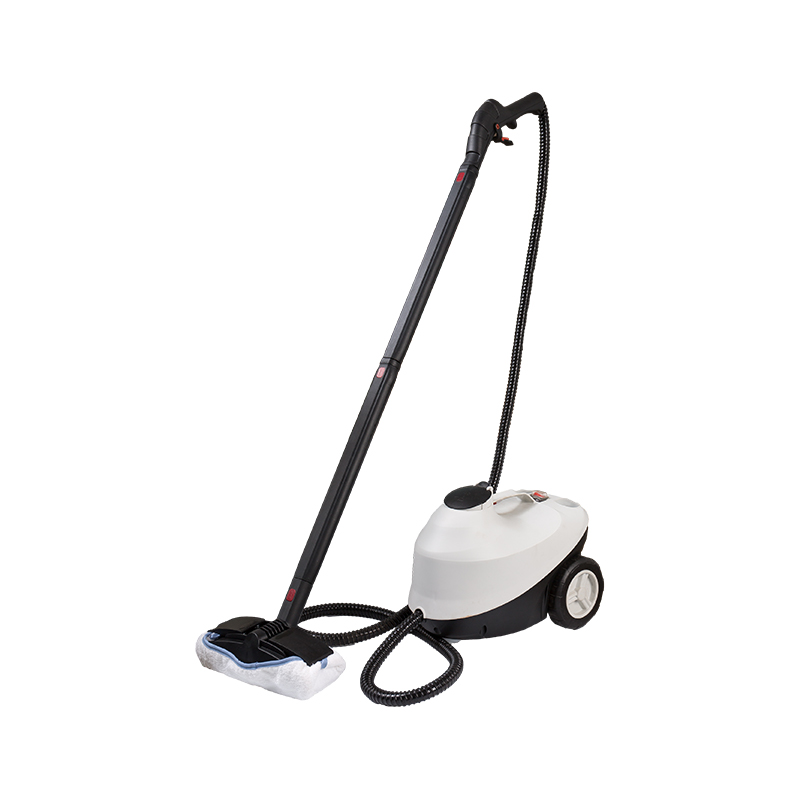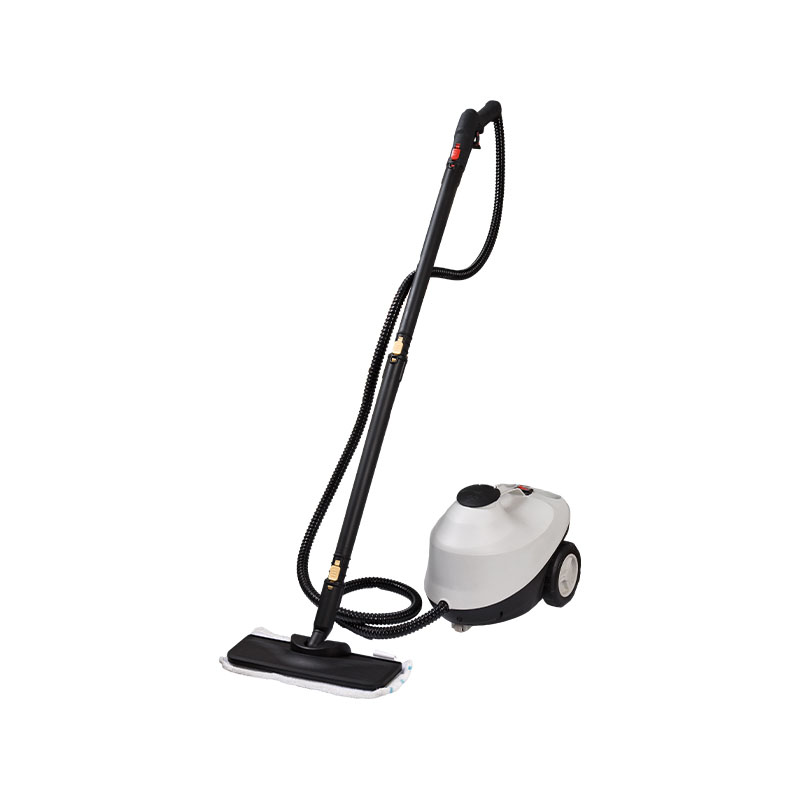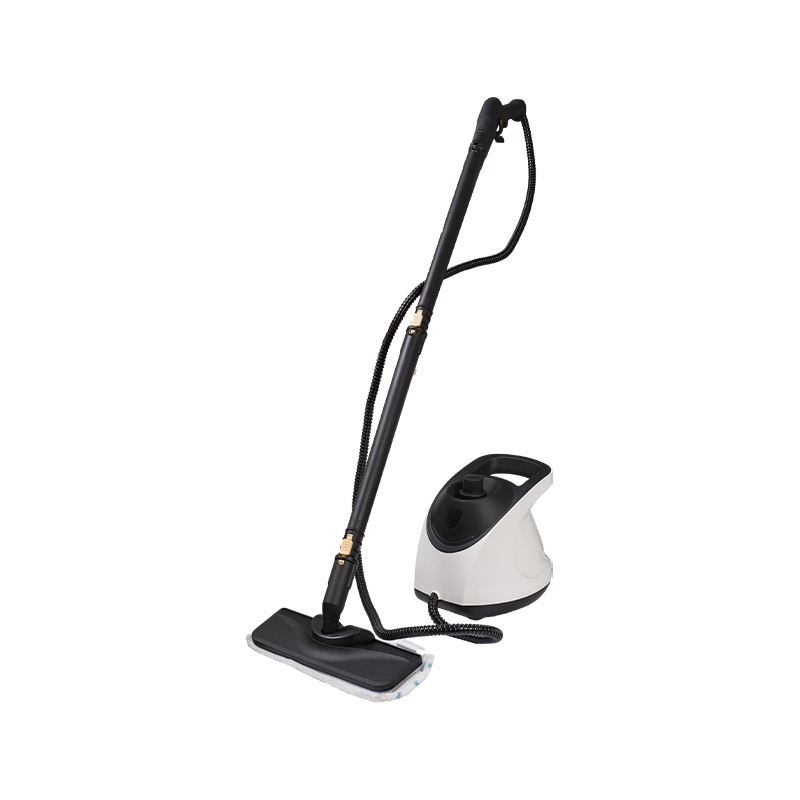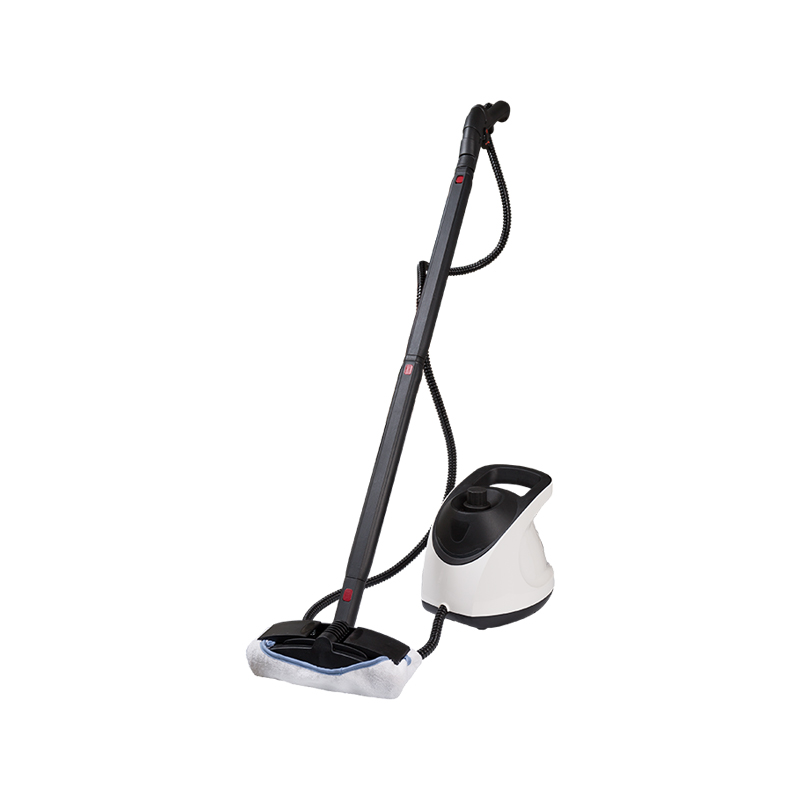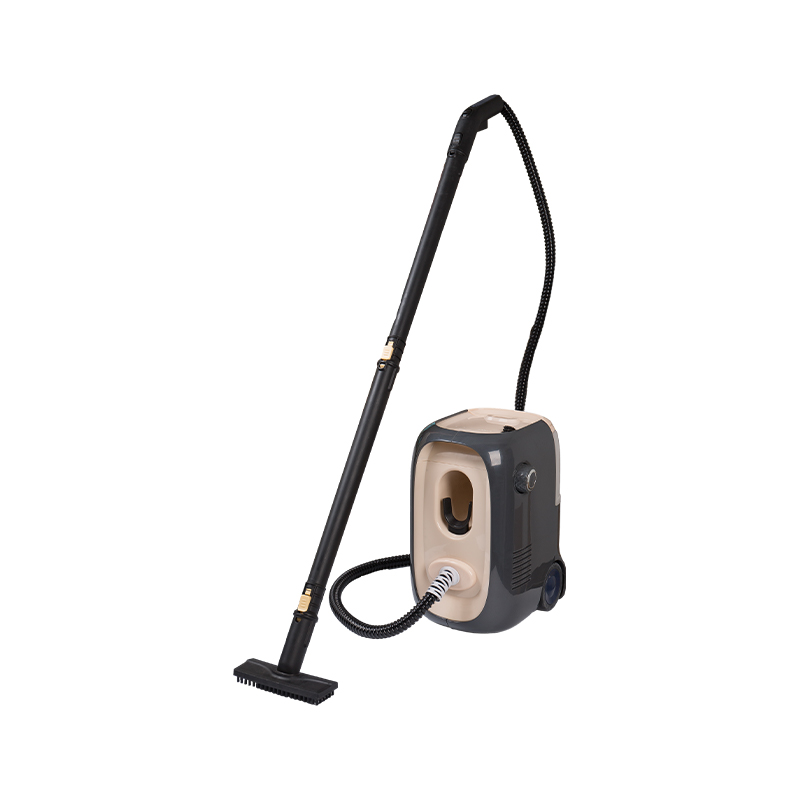-
Phone: +86-13282120735
-
Tel: +86-0571-58307962
-
Fax: +86-0571-58307999
-
E-mail: jy@hzkelong.cn
-
ADD:The Southern Industrial Development Area, Meicheng Town, Jiande City,Zhejiang, China

Are Steam Cleaners the Ultimate Solution for a Healthier Home?
In a world where cleanliness and hygiene are paramount, the search for the most effective cleaning method is ever-present. Amidst the myriad of products available, steam cleaners have emerged as a versatile and powerful solution for achieving a spotless, sanitized environment. But are they truly the ultimate cleaning tool for a healthier home?
Steam cleaners use the natural power of water vapor to sanitize and clean surfaces without the need for harsh chemicals. The process works by heating water to high temperatures, creating steam that is then directed through specialized nozzles to remove dirt, grime, stains, and even bacteria from various surfaces. This innovative method has garnered attention from homeowners, cleaning professionals, and environmentally-conscious individuals alike, and for good reason.
One of the most significant advantages of steam cleaning is its ability to disinfect without the use of toxic chemicals. Conventional cleaning products often contain harsh substances that can pose health risks, especially in homes with children, pets, or individuals with respiratory issues. Steam cleaning eliminates the need for such chemicals, offering an eco-friendly alternative that leaves no harmful residues behind. With just water and heat, steam cleaners kill bacteria, viruses, and dust mites on contact, ensuring a safer, more hygienic living space.
Additionally, steam cleaners are incredibly versatile. They can be used on a wide range of surfaces, from tile and grout to carpets, upholstery, and even windows. This adaptability makes them an ideal solution for tackling various cleaning tasks around the house, from deep-cleaning kitchen countertops to refreshing the upholstery in your living room. The high-temperature steam penetrates fibers and cracks that traditional cleaning methods cannot reach, dislodging stubborn dirt and grime.
Another benefit of steam cleaning is its ability to remove allergens from the home. Dust mites, pet dander, and other allergens can accumulate in carpets, upholstery, and bedding, triggering allergic reactions in sensitive individuals. Steam cleaning effectively eradicates these irritants, providing relief for allergy sufferers and improving the overall air quality in the home. As an added bonus, steam cleaning can also neutralize unpleasant odors, leaving your home smelling fresh and clean.
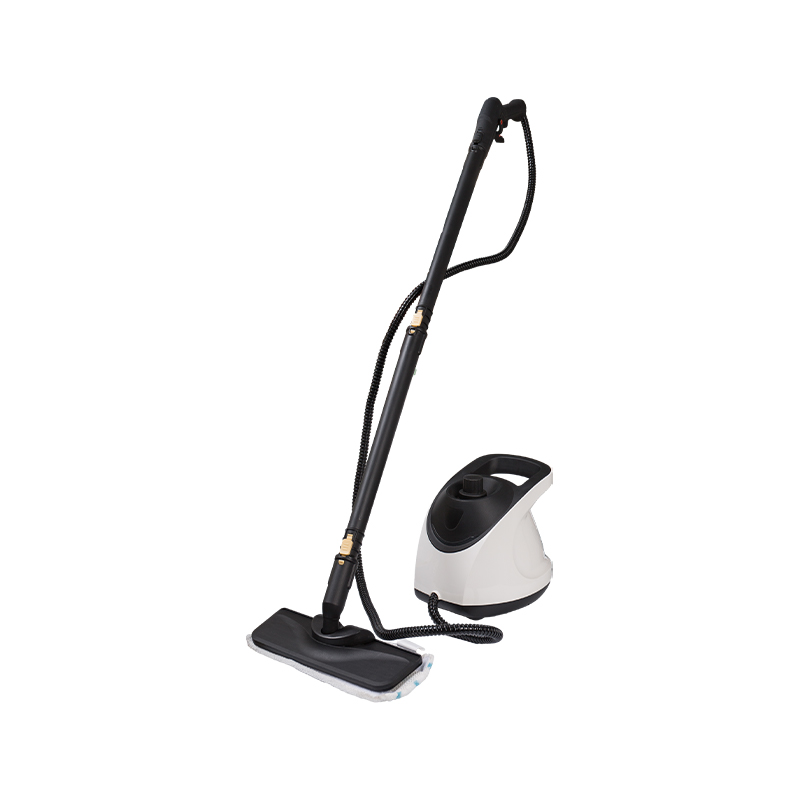
Beyond the immediate health benefits, steam cleaners offer long-term advantages for the home. The high heat not only sanitizes surfaces but also helps break down grease and grime, making it easier to maintain a clean environment over time. Regular use of a steam cleaner can extend the lifespan of your carpets, furniture, and even kitchen appliances by preventing the buildup of dirt and residue that can cause wear and tear.
However, as with any cleaning method, steam cleaners are not without their limitations. While they are highly effective on most surfaces, there are some materials that may not be suitable for steam cleaning. Delicate fabrics, such as silk or certain upholstery materials, can be damaged by the intense heat. It's important to check the manufacturer's guidelines and ensure the steam cleaner is safe to use on the specific surfaces you're cleaning.
Another consideration is the initial investment. While steam cleaners can be more expensive than traditional cleaning tools, the long-term benefits often outweigh the upfront cost. The versatility, effectiveness, and environmental benefits make them a worthwhile investment for homeowners seeking a comprehensive, chemical-free cleaning solution.
Steam cleaners offer an effective, eco-friendly alternative to conventional cleaning methods. They provide a safe, chemical-free way to disinfect and clean a wide range of surfaces, all while improving indoor air quality and promoting overall health. While they may not be suitable for every surface, their versatility and effectiveness make them a valuable addition to any home cleaning arsenal. For those looking to achieve a cleaner, healthier living environment, a steam cleaner may indeed be the ultimate solution.

